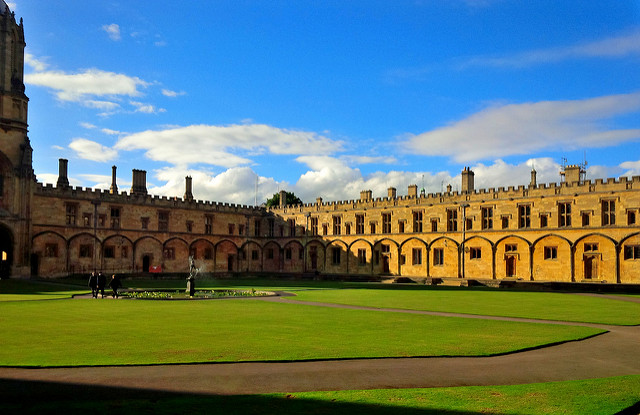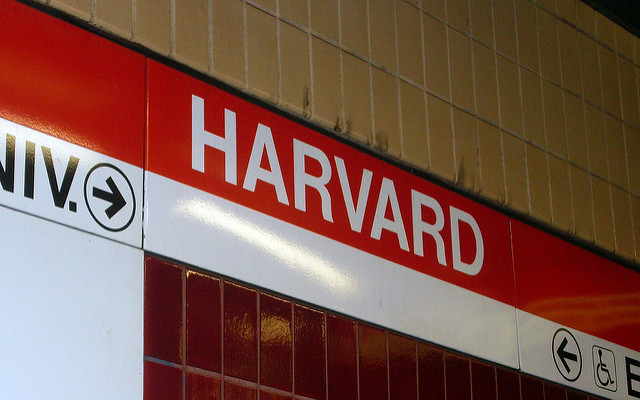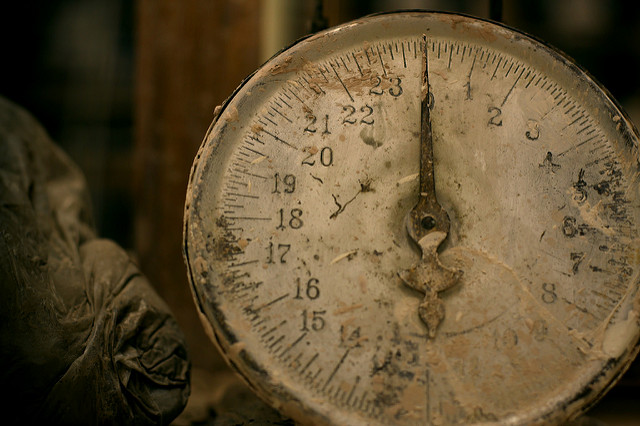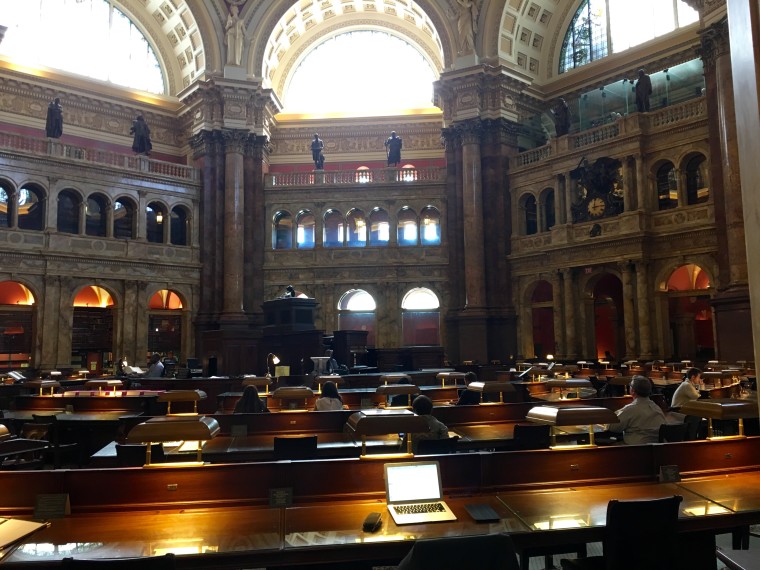I am traveling in Europe with students from SMU’s higher education program. As an American history major from my undergraduate days and now as a scholar of higher education, I can’t help but think about the connections between our two higher education systems from that period. In today’s post, I want to share from my institutional diversity monograph on the growth of institutional diversity during the colonial period.

At the beginning of the Revolutionary War, nine colleges served the American colonies, while England had only Oxford and Cambridge, despite the mother country’s much larger population.
The creation of denominational colleges served religious and political interests.
James Axtell (1974) contends that the colonists sought to create a school upon the hill to mirror their other lofty colonial ideals.
The 1600s and early 1700s saw colonial development largely along Protestant denominational lines.
With the notable exception of Rhode Island, the various denominations played a central role in the development of the colonies and their colleges.
The proliferation of Christian denominations created a substantial diversity even among the relatively small population.
While religious freedom is an oft-cited motivation for the colonists to move to America, limited tolerance even among other Protestant groups led to disputes among the colonies and ultimately expansion for higher education.
The breakdown of tolerance between the various Protestant denominations fostered the college growth movement, with each denomination seeking to found an institution (Herbst, 1976).
Several important notions from the founding of early colonial colleges, particularly in terms of faculty control, proved foundational in developing the internal dynamics that influence the level of institutional diversity.
The colonists chose not to adapt the British model of a self-perpetuating faculty, preferring instead the Scottish model of an external board of trustees to maintain accountability.
In an attempt to limit faculty control so dominant at Oxford and Cambridge, the colonial leaders developed a structure that not only allowed external involvement in campus affairs but also institutionalized this role.
As external stakeholders grew later in the development of American colleges and universities, the limits on faculty power and external boards provided an entry point for outside stimuli to influence internal activity.
While religion played a substantial role in the founding of early colonial colleges, even prior to the Revolutionary War, “the collegiate mission had already undergone a discernible shift away from religious orthodoxy toward secular learning and leadership” (Thelin, 2004, p. 28).
For example, Benjamin Franklin and Thomas Jefferson suggested plans for higher education fundamentally different from proponents of the importance of religion in higher education would design.
Franklin’s plan for the academy that would become the University of Pennsylvania is particularly noteworthy for its support of a variety of academic pursuits that he contends are “most useful and most ornamental, regard being had to the several professions for which they are intended” (Franklin, 1958, p. 41).
The religious focus and favoritism towards the status quo among established Protestant denominations helped create an opening for institutions more broadly conceived.
Thomas Jefferson famously attempted to reform his alma mater, the College of William and Mary, to expand the college’s curricular offerings and transform the college generally. The reform attempts were “a struggle to shape an inherited institution into a form able to serve peculiarly American interests without destroying the institution’s capacity to transmit values important to the survival of the western heritage” ( Thomson, 1971, p. 188).
As with many reform efforts, Jefferson’s failed and he would not realize his ideals of a college embracing new fields of study until establishing the University of Virginia years later.
While falling short of modern ideals of religious tolerance, the colonial colleges nevertheless established a foundation of diversity and a concern for public service.
The significant contribution of colonial college graduates in shaping the American Revolution suggests the importance of the colleges in creating gentlemen-scholars.
The achievement of these institutions placed higher education in a prominent position in colonial society while institutional deficiencies created an opening for the expansion that occurs following the British surrender at Yorktown.
Higher education played a significant role in supporting larger societal goals since the earliest days of the first colleges.
As American identity expanded, leaders looked to colleges and universities to increasingly provide social and educational training for future generations.





